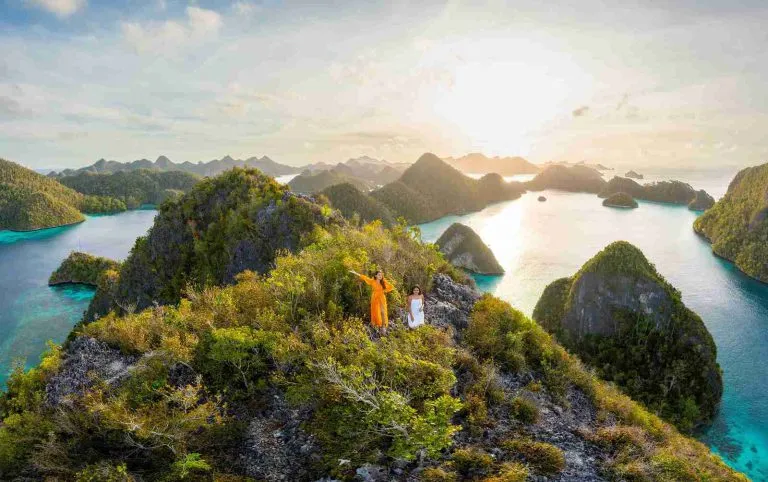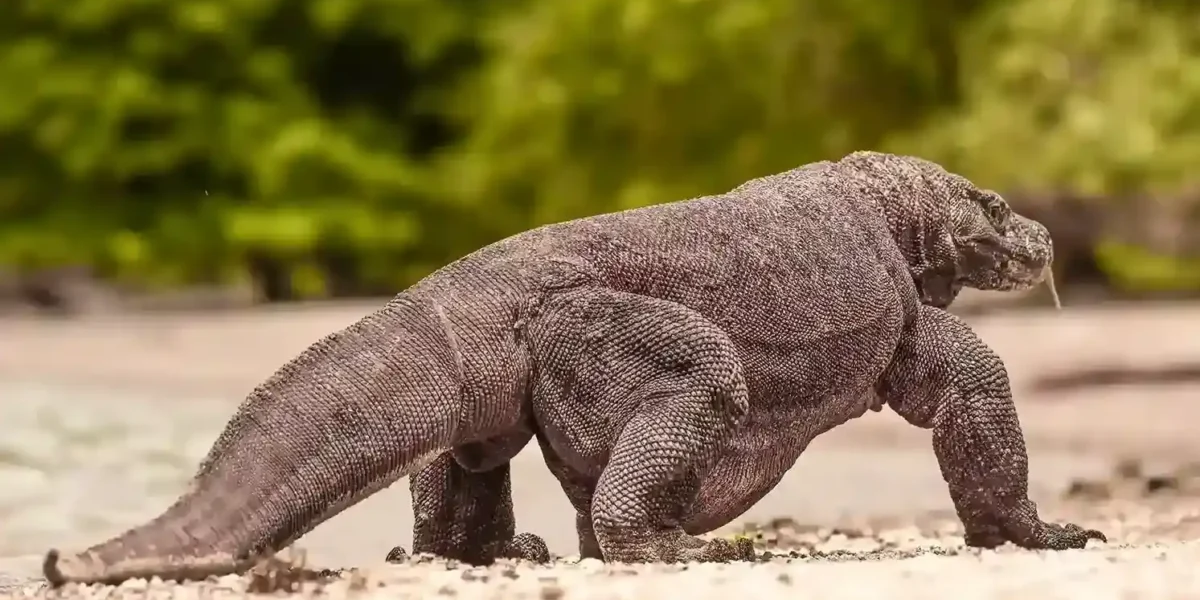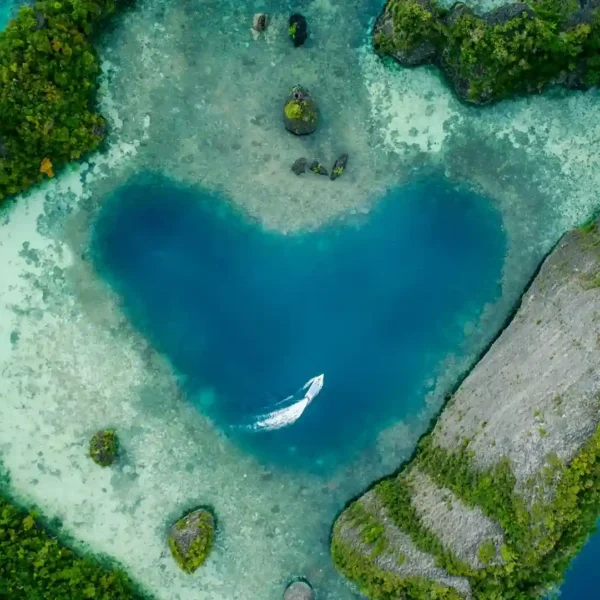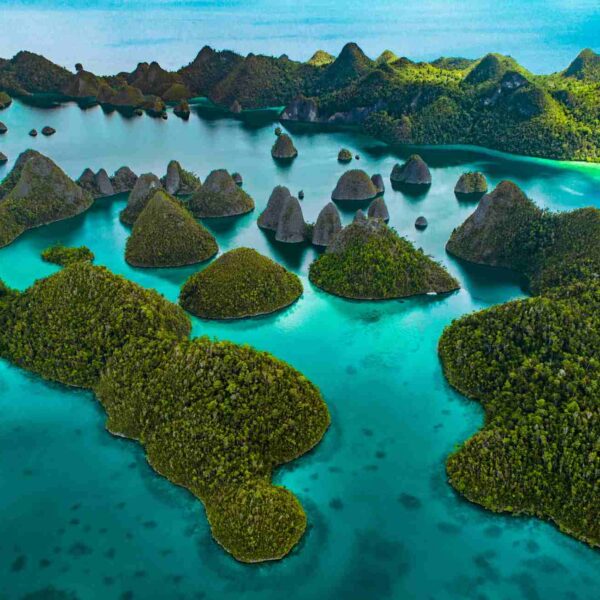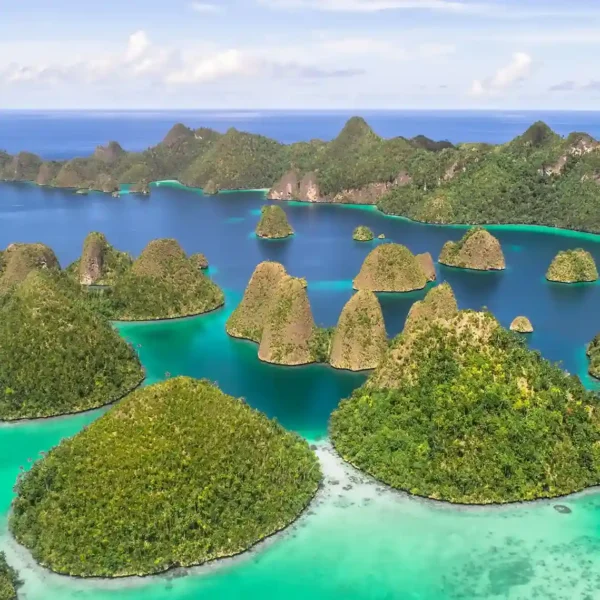Raja Ampat stands out as the top ecotourism destination in Indonesia, attracting the attention of many travelers from around the world. Raja Ampat is home to several distinct and important ecosystems connected by a vast network of interlinked systems. These important ecosystems include mangroves, rainforests, and the famous coral reefs. Recently, environmental issues have become a hot topic, so becoming an ecotourist will contribute to the sustainability of Raja Ampat’s natural environment. But how do you become an ecotourist in Raja Ampat? Don’t be confused; this article will cover everything you need to know to become an eco-tourist in Raja Ampat.
What is an Ecotourist?
Ecotourists are travelers who seek experiences in natural areas, respect the environment and local cultures, and support local people’s well-being. They are committed to minimizing environmental impact and experiencing destinations without affecting the ecosystem. So they don’t just visit but also ensure that their visits contribute to conserving the explored areas.
How to Become an Eco-tourist in Raja Ampat
Located in the Coral Triangle, Raja Ampat’s waters are rich in marine biodiversity. Raja Ampat is home to many marine species, including the iconic manta rays and sea turtles.
Raja Ampat’s biodiversity and abundant natural resources are the source of life and livelihood for its people. However, Raja Ampat’s biodiversity will not last forever if it is not conserved. Therefore, participating in ecotourism and becoming an ecotourist is very important for the sustainability of Raja Ampat in the future.
Participating in ecotourism enriches your travel experience as you become more connected to the environment by engaging with local communities. But how do you become an ecotourist in Raja Ampat? Here is the answer.
1. Activities for Ecotourists in Raja Ampat
You can do many activities in Raja Ampat, such as swimming, snorkeling, diving, and bird watching. However, as an ecotourist, your main focus is to enjoy beauty through activities with a low environmental impact.

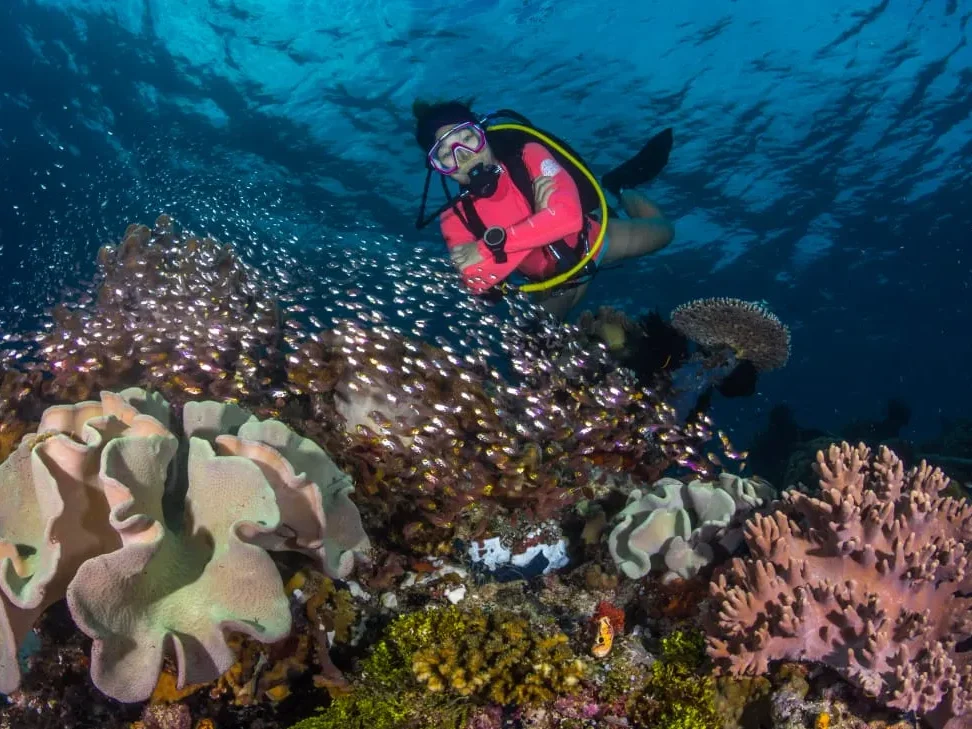
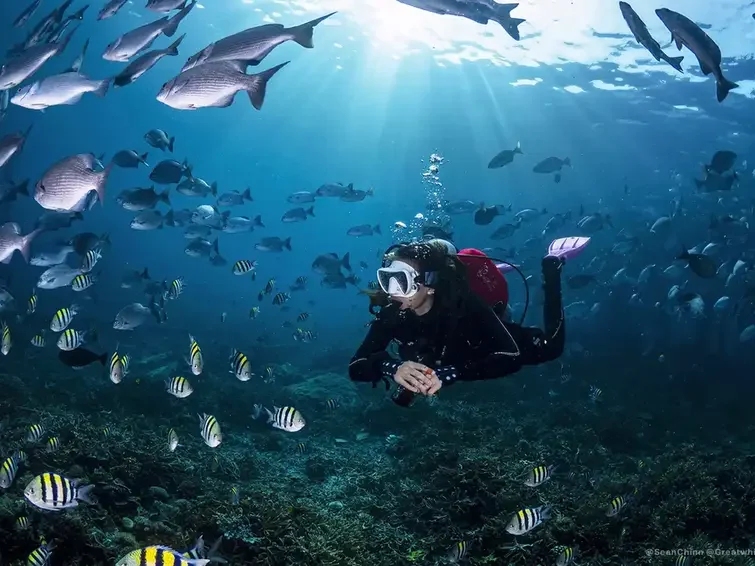

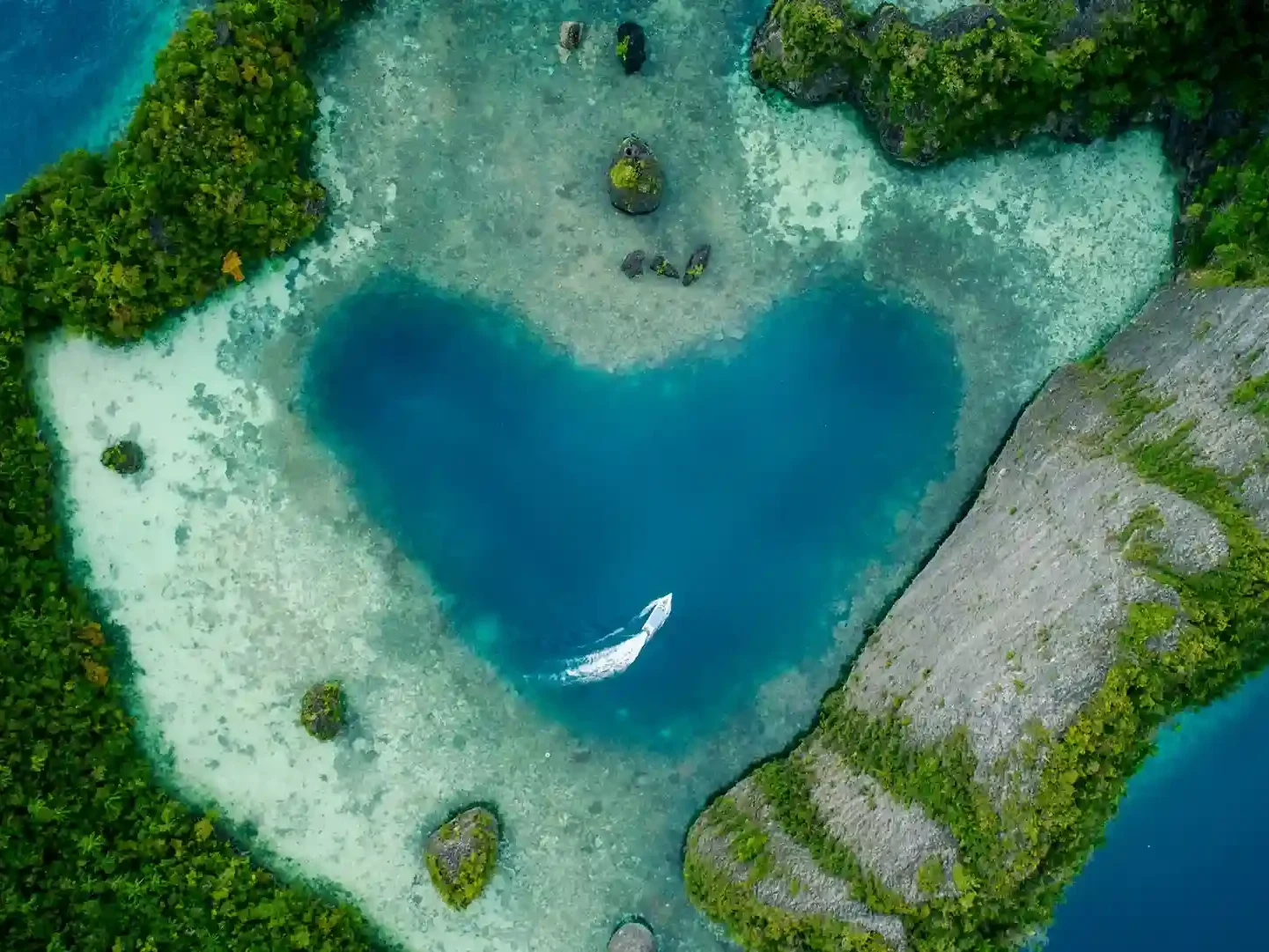
For instance, when snorkeling with fins, you must be careful not to touch or step on coral reefs as this damages the coral and disturbs the animals living there. Also, when trekking in the Raja Ampat area, avoid littering to avoid contaminating the animals with toxic chemicals.
Read more: Is It Worth Going to Raja Ampat?
2. Respect Wildlife in Raja Ampat
Raja Ampat is home to many endangered and protected species, such as sharks and manta rays. Raja Ampat is also home to dangerous wildlife like sea snakes, blue-ringed octopuses, and moray eels. Respecting wildlife and its habitat is, therefore, essential.
Respecting the wildlife in Raja Ampat means not disturbing, chasing, or touching the animals on land and at sea. You can observe animals from a distance by remaining calm and quiet and not making noise.
3. Bring Your Own Bottle

As an eco-tourist, you are also responsible for keeping the environment clean and sustainable by trying to minimize the waste you produce.
One way to do this is to bring sustainable items such as reusable water bottles and bags. To help preserve Raja Ampat’s nature, avoid using single-use plastics or other environmentally unfriendly items.
4. Sustainable Practices
As an ecotourist, try to use eco-friendly products. Please beware of using non-eco-friendly products (shampoo, conditioner, face wash, etc). These chemical pollutants cause eutrophication, creating an environment that favors algae growth over coral growth, ultimately leading to the degradation of coral reefs.

Instead, you can use solid toiletries, which are more environmentally friendly. Solid toiletries can be used multiple times, and most don’t even have plastic packaging to throw away, making them the perfect zero-waste alternative. Also, be aware of the ingredients in the sunscreen you use, and avoid sunscreens that contain oxybenzone and octinoxate, which can damage coral reefs.
5. Following Local Regulations
To achieve sustainability in Raja Ampat, the government has implemented several regulations that visitors must follow. One is licensing, where all visitors must purchase an Environmental Services Maintenance Service (LPJL) card or Raja Ampat Entry Permit. In addition, ecotourists are expected to follow several rules, such as not littering, spearfishing, taking or damaging coral reefs, conducting unauthorized research, or feeding animals.
6. Support Local Businesses
Being an eco-tourist means supporting the welfare of local people by buying local products to support local businesses and communities. By buying from and supporting local businesses, you are positively impacting the environment and local communities.
You will also help stimulate the local economy, become financially independent, and preserve and promote local culture that may not be found elsewhere.
7. Choose a Responsible Tour Operator
Raja Ampat is an ecotourism destination accessible only by boat due to its remote location. So be sure to research Raja Ampat liveaboards with operators committed to sustainable tourism practices.
Consider booking a Raja Ampat liveaboard with Komodo Luxury, a top tour operator with over 9 years of experience. As an experienced tour operator, Komodo Luxury offers liveaboards to ecotourism destinations. It works closely with local communities to ensure that every aspect of the trip is environmentally friendly and empowers local communities. We offer private Raja Ampat liveaboards that take you on an ecotourism adventure in Raja Ampat.

Traveling as an ecotourist in Raja Ampat means embracing practices safeguarding its unique environment and wildlife. By following the principles outlined in this guide, your visit can have a positive impact on both the national park and its surrounding communities. Start your ecotourism adventure with Komodo Luxury and contribute meaningfully to the preservation of Raja Ampat!

